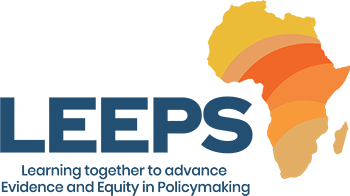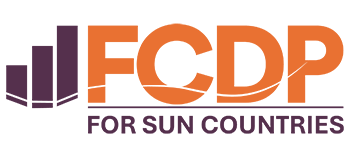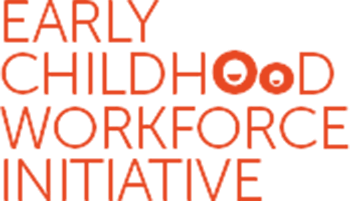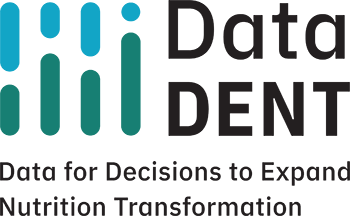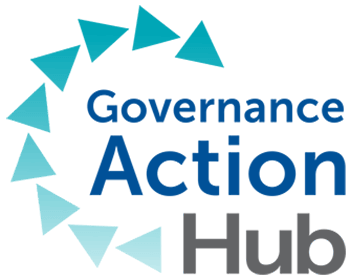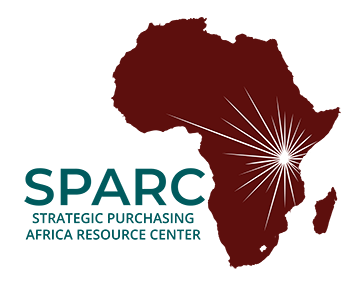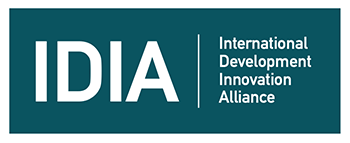Nutrition Finance: A Multipronged Approach for the SDG Era
Leveraging the Investment Framework for Nutrition
[Editor’s Note: This post was originally published on Malnutrition Deeply.]
We need more money for nutrition, and we need to spend it wisely.
As the nutrition community seeks to strengthen nutrition financing to meet the World Health Assembly (WHA) targets by 2025 and the Sustainable Development Goals (SDGs) by 2030, we see two main themes that need to be pursued: We must fully leverage the Investment Framework for Nutrition to scale up nutrition-specific interventions and we must get smarter and more systematic about nutrition investments across other relevant sectors.
There is still a long way to go toward financing high-impact, evidence-based nutrition programs, and maximizing the value of the Investment Framework for Nutrition paradigm. The Investment Framework called for a fast ramp-up in donor funds to catalyze action, but are we meeting these benchmarks for progress? This isn’t easy to answer, which is why we need to track spending consistently over time in a way that can be mapped against the identified financial need.
To this end, we recently released a report on aid tracking for nutrition, building on our collaboration with the World Bank on the Investment Framework and developed in partnership with members of the SUN Donor Network.
Traditional tracking of aid for nutrition uses the donor reporting system of the Organisation for Economic Co-operation and Development (OECD), counting those investments reported by donors under a “basic nutrition” code. The problem with this approach is that it both over- and underestimates the amount of funding for high-impact interventions contributing to the global nutrition targets.
Programs that are not high-impact in the target areas (but perhaps useful in other ways) are included in current totals. And some critical nutrition interventions that are being delivered as part of broader programs are not included. Based on a detailed review of more than 1,800 programs, we estimate that only 60 percent of the approximately $1 billion basic-nutrition-code spending in 2015 contributed to priority nutrition goals. But donors also contributed an additional $500 million toward nutrition targets through other programs, such as treatment for acute malnutrition delivered within emergency food aid programs, or nutrition counseling delivered through integrated maternal health programs.
However, early evidence suggests we are not yet on track to meet aid goals for nutrition. The Investment Framework called for an increase in donor aid in 2016 of around $600 million over the 2015 baseline. We are beginning our rigorous review of 2016 data but, taking a preliminary view based on spending patterns in 2015 and high-level assumptions from 2016 summary data, we anticipate an increase in the range of just $150–250 million. Progress is being made, but much more is needed.
Overall, a year or so from the release of the Investment Framework, we need to redouble our efforts to get on track. We must maintain a clear vision for these high-impact programs and ensure resources are being mobilized to bring them to scale. It is not yet time to move on from the framework — it is time to get a move on with the framework.
That said, we will not reach the SDG or WHA targets with nutrition-specific interventions alone. We must also scale up multisectoral approaches to address the complex determinants of malnutrition.
To achieve this, we need a set of complementary investment frameworks for nutrition across sectors to expand the paradigm. But this is challenging. Evidence on costs and impact for improving nutrition outcomes is often mixed outside the health sector, and disentangling relevant financing from integrated programs is difficult.
When using stunting as an indicator, evidence of nutrition impact in sectors such as agriculture and water, sanitation and hygiene is challenging to measure. But there are critical individual, household and market outcomes along the impact pathway that give rise to other benefits related to improved income, food security and changes in other nutrition indicators, such as anemia or vitamin A deficiency. Making the investment case in these sectors will require a nuanced approach, thoughtful data collection and comprehensive measurement of the costs and benefits.
Some may caution that expanding the nutrition finance paradigm will increase competition for scarce resources. But we believe this change can complement investments in high-impact, nutrition-specific programs. Project funding has limited fungibility across sectors — more focus from the agriculture sector on nutrition-sensitive programs is unlikely to lead to commensurate reductions in funding for breastfeeding promotion in the health sector, given how these programs are developed. Rather, expanding the paradigm may enable the nutrition community to leverage funding from other sectors and demonstrate that investments that benefit nutrition also benefit priority outcomes in other sectors and, together, these investments are better positioned to meet the SDGs.
Developing these new investment frameworks will not be easy. For financing targets to be useful for planning and advocacy, they must be credible; and to be credible, they must be transparent, built on the best evidence available and developed in a way that secures buy-in from stakeholders.
The Investment Framework for Nutrition was developed consultatively and transparently under the oversight of a diverse technical advisory group, taking advantage of prior detailed costing studies, evidence consolidated in the Lancet, and the Lives Saved Tool, and using models with transparent, vetted assumptions. The details for nutrition-sensitive investment cases will vary, perhaps significantly, but they can build on a common set of principles. And when we have these frameworks in place, we will be well equipped to track nutrition-sensitive finance, make the case for increased investment and hold ourselves accountable for progress.
We have some big challenges ahead of us. We need to get on track with funding for high-impact, nutrition-specific programs and we need to figure out what to track when it comes to nutrition-sensitive funding — if we can’t measure it, we can’t manage it or be accountable for it. But the community has risen to such challenges in the past. In the MDG (Millennium Development Goals) era, funding for nutrition dramatically increased, the evidence base was expanded and solidified, accountability mechanisms were developed and the investment case for improving nutrition came into sharper focus. Now, it is imperative for us to accelerate progress and to expand our paradigm in the SDG era.
The authors gratefully acknowledge comments on this article from Carol Levin (University of Washington) and from Augustin Flory, Emily Thacher, Heather Luca and Kelly Toves.




